Question ID: 1000-1431-0-1-2-4
Recipe Description
1.05 kg sugar cane molasses 0.2 g liquorice powder 0.4 g dried angelica root 0.4 g chopped Madagascan vanilla pods 1 g safale 004 brewer's yeastObtaining the molasses can be quite confusing as quite a few different products are called 'raw sugar cane'. The trick is to look at the carbohydrate value in the nutritional profile on the label. The sugar value should read 95 g per 100 g and not more than 96 g. The molasses should be dark and compact with an amazing smell and exquisite taste! NB. Never use sugar beet molasses.
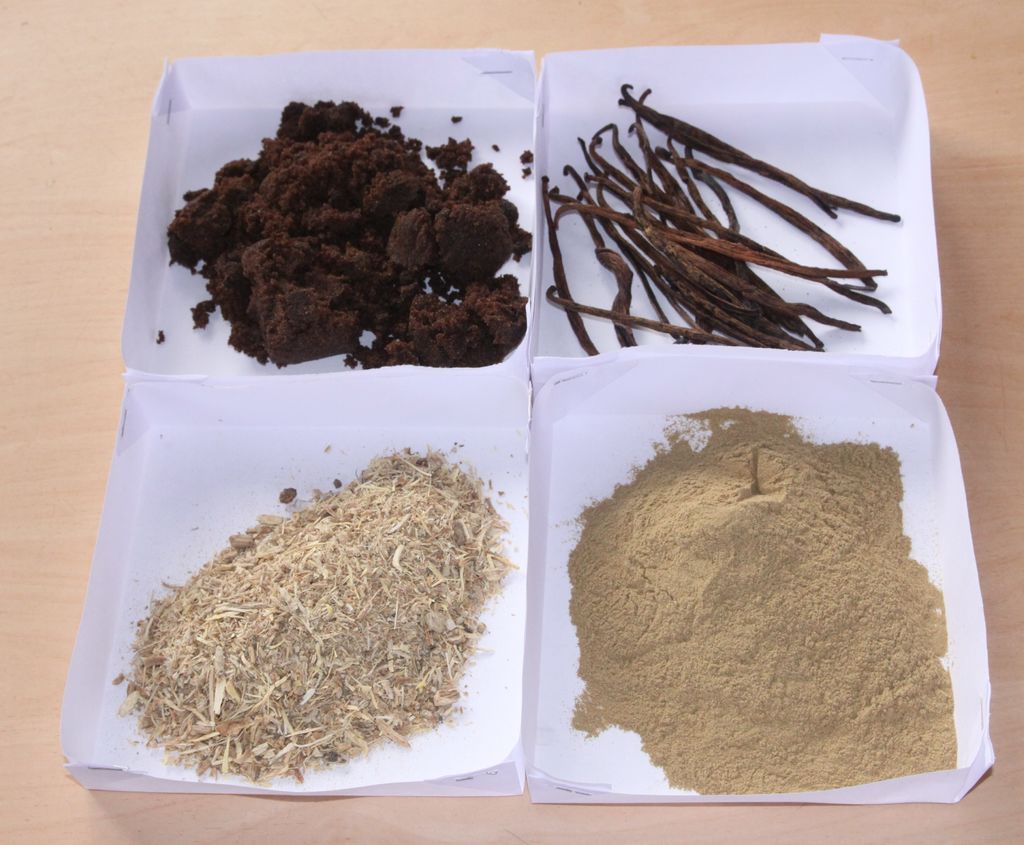
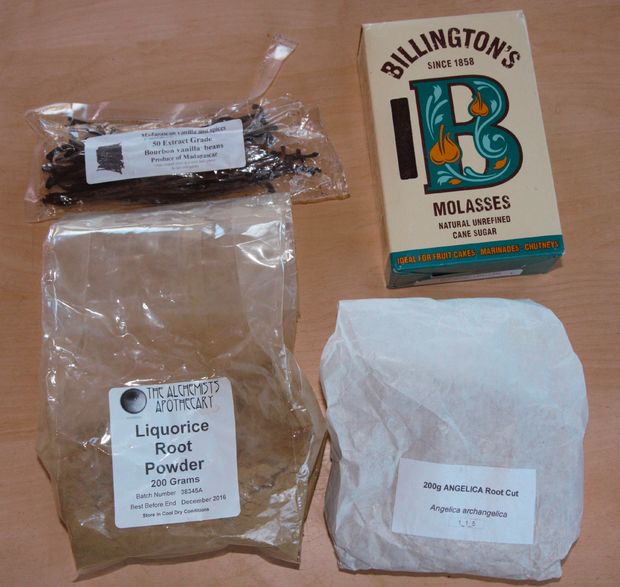
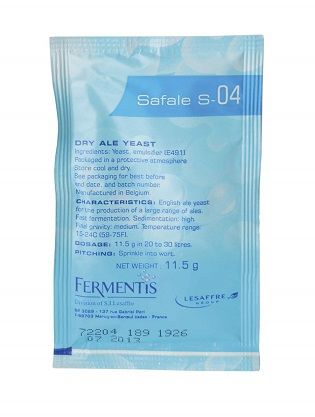



Air Still1 gallon demijohn (optional) Demijohn bung and airlock (optional) Separating funnel (optional) Scales with range 0 to 200 g, accurate to 0.1 g. Saucepan and wooden stirrer.
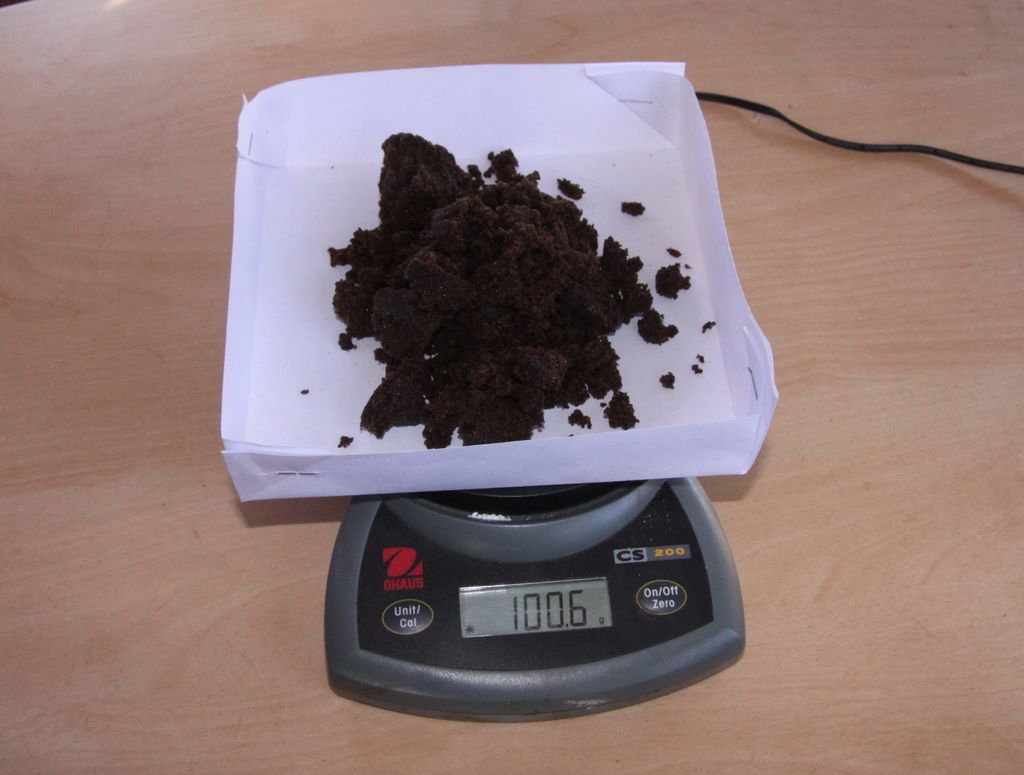
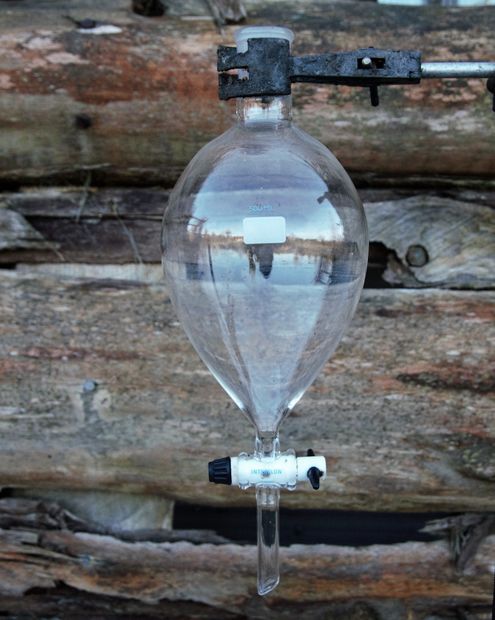


50 g of Molasses was added to a saucepan and gently heated and stirred until it reached it's smoke point (160 degrees C). Once smoking, quickly remove from the heat and stir vigorously. The photos show the process and, just before adding the water, we have a smoking light brown creamy substance.The brown cream was allowed to cool to just above 100 degrees C and then the pan was tilted to one side and 50 ml of water was added. Tilting prevents the water from boiling off as there is less contact with the hot sides of the pan.The last photo shows the final product which needs to be stirred over a very low heat to dissolve all, or at least most, of the sticky brown lumps. Eventually, we should have about 100 ml of liquid black caramel goo.Making caramel like this is fairly tricky and it's highly advisable to try the process beforehand with ordinary refined sugar.
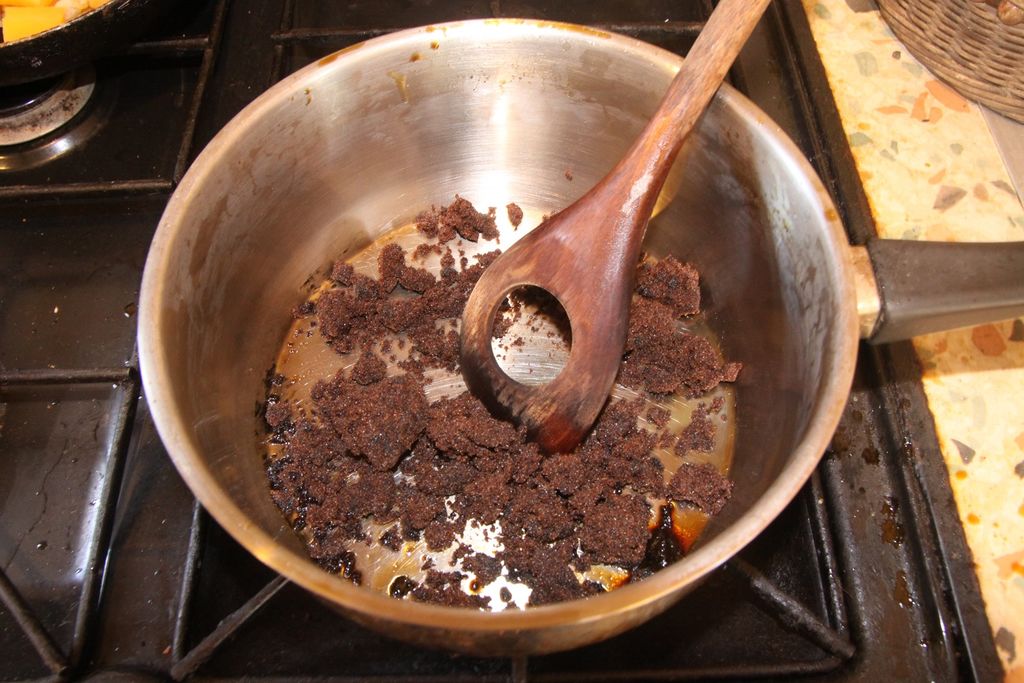
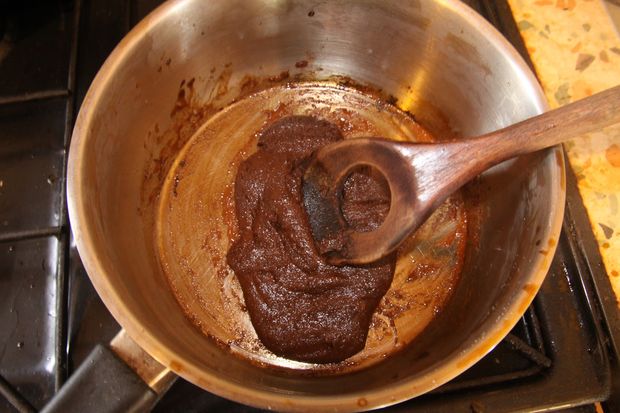
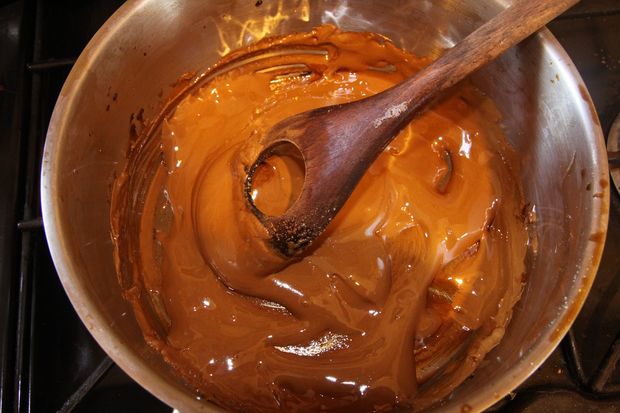
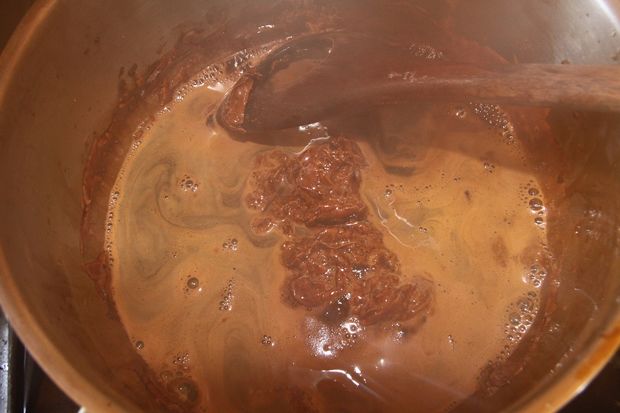
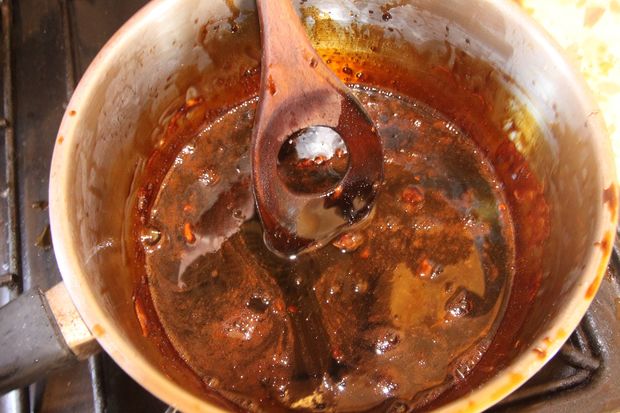





Since we are only making 750 ml of rum, we only need a tiny amount of botanicals as we don't want to completely overpower the flavour of the molasses.0.2g of powdered liquorice 0.4g of dried angelica root 0.4g of chopped Madagascan vanillaTotal botanicals = 1.0 gThese ingredients are added to the rum at the bottling stage and allowed to infuse for at least one month.
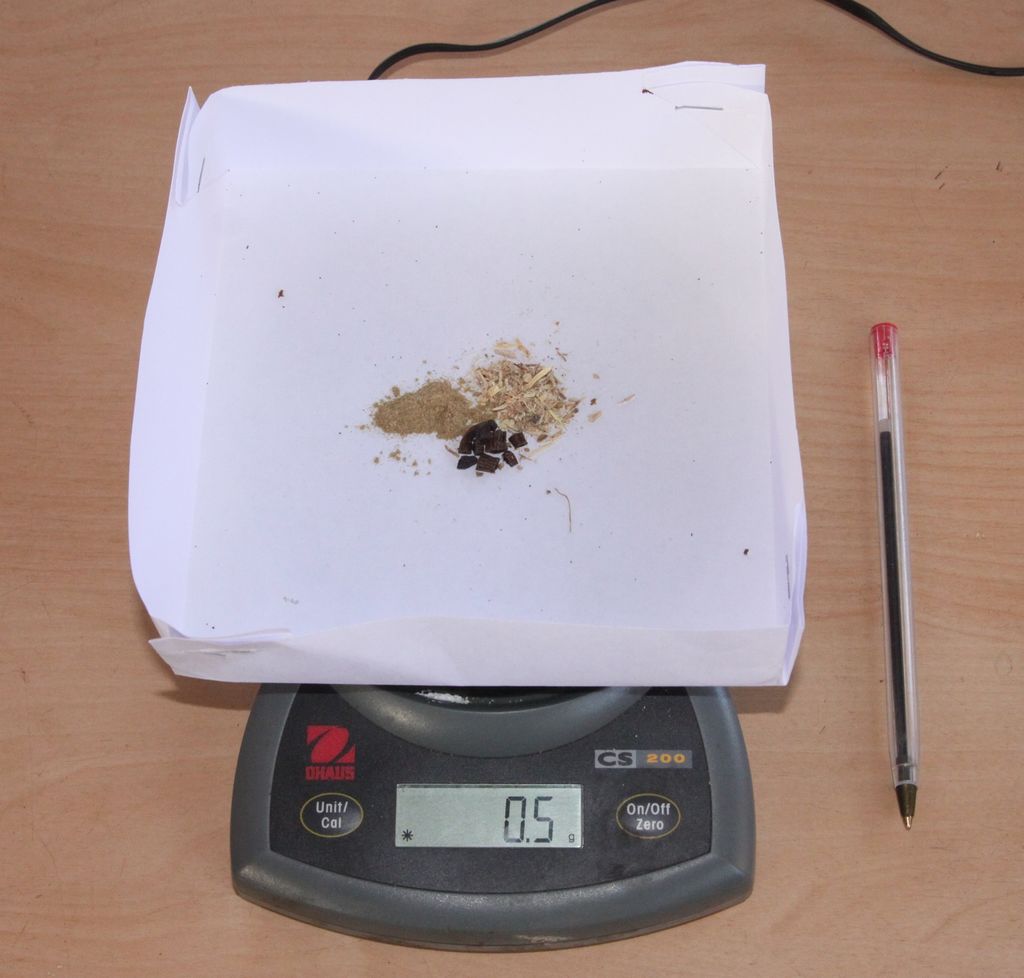

Add 1.0 kg of the molasses to 2 litres of water in a saucepan and warm to about 60 degrees, stirring to dissolve the sugars. Once fully dissolved, allow to cool, or it will crack the demijohn, and pour into the demijohn., topping up with water. The OG should now be about 1075. Any higher than this and it won't ferment.Add about 1g of safale 004 brewer's yeast to the liquid, put in the bung and airlock and store in a warm place for about 10 days to ferment.
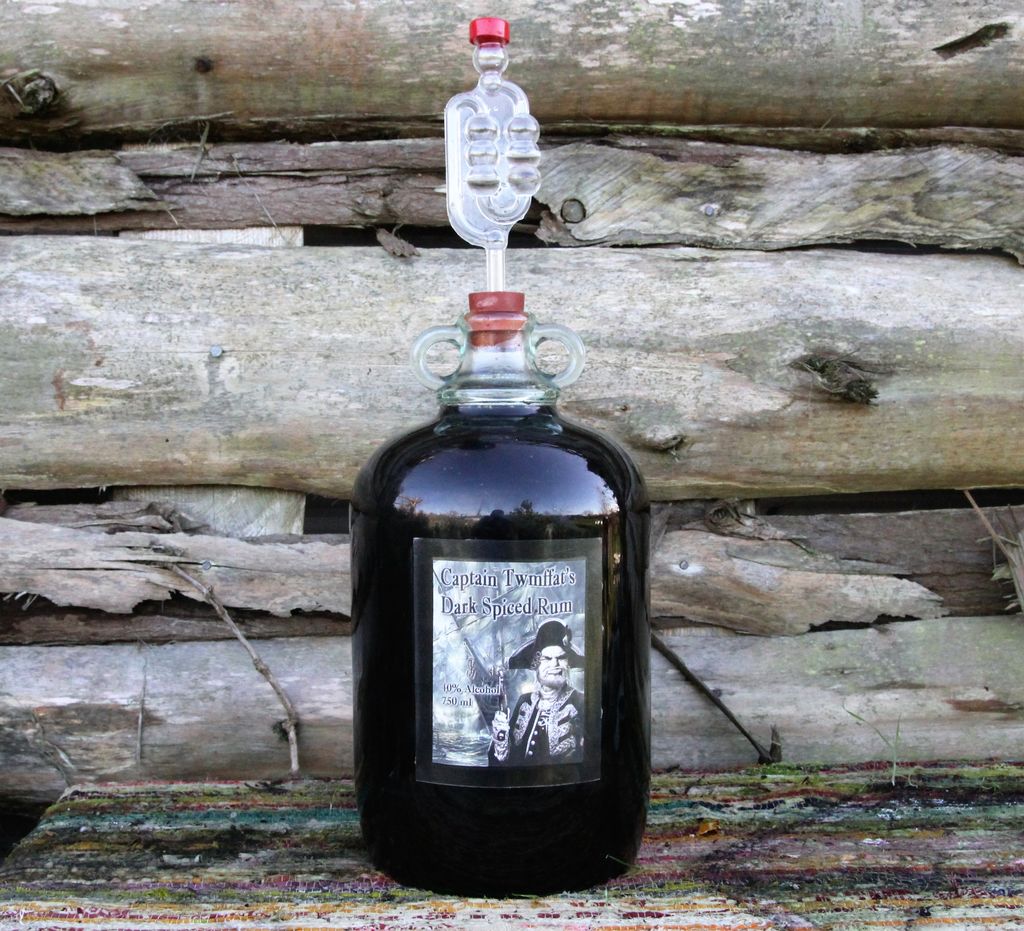

Distill the molasses wine to 50% alcohol, which will be diluted to about 40% when the liquid caramel is added. Click HERE for more info on distilling technique using an air still.The 'Making the Molasses Wine' step and the 'Distillation' step could be left out if you can get hold of some rectified spirit. Check out: Spirytus Rektyfikowany, but remember it's 95% alcohol so firstly needs to be diluted 1:1 with water to get it down to approx. 50%. 'Proper' rum should, however, be distilled from molasses wine to get the full flavour profile.
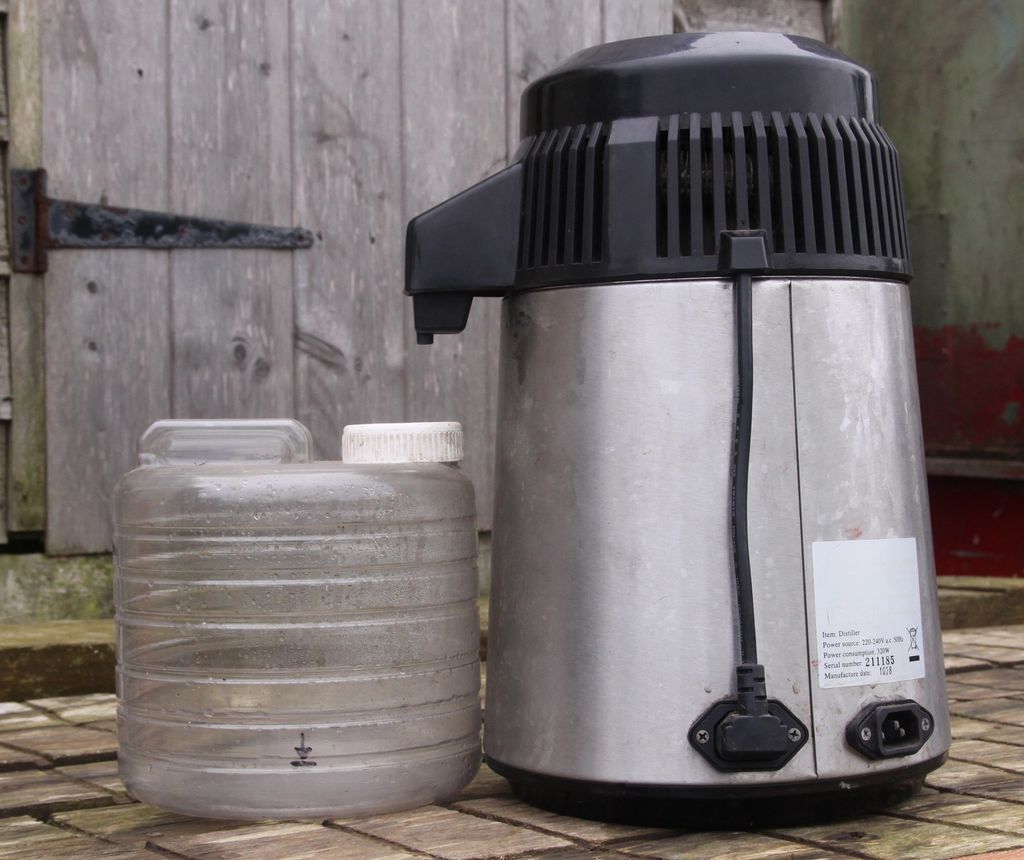

Create a fancy label - or use mine if you like!Have a quick taste of your concoction, just to check nothing's too obviously wrong with it. It will seem a bit 'harsh' for the first ten days or so but will rapidly improve and should be fit to have another sample after 2 weeks. It will then keep on improving in the bottle for months/years. No need for a wooden cask for this to occur, but if you want the authentic pirate experience, then by all means cask it up!There will be some sediment in the bottom of the bottle, which can be most easily separated by using a separating funnel (see 'Equipment' step). Mine is a 500ml funnel, so I poured off the top 250 ml from the bottle into another bottle, then pour the remaining 500ml into the funnel and wait a few days before opening the bottom valve to remove the dregs.Please drink responsibly and do not use alcohol when changing the sails on a ship!Please in the competitions - top right - Thanks!
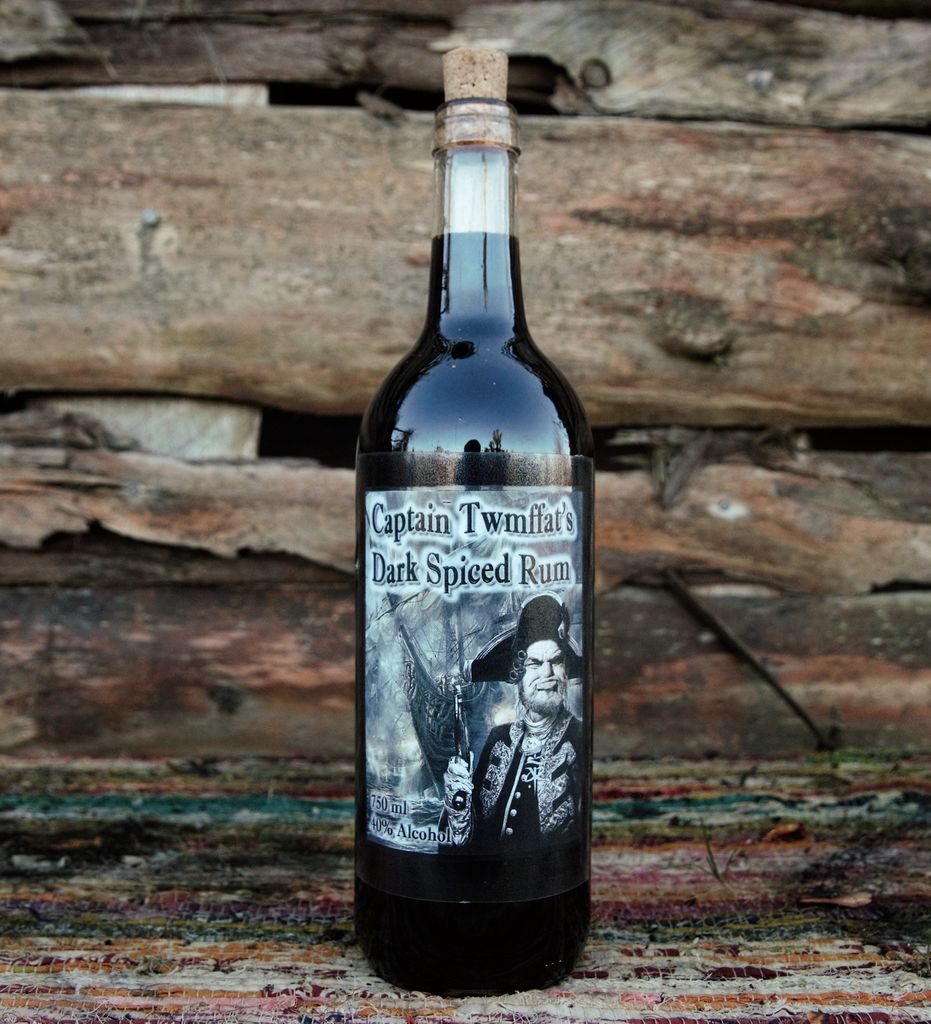
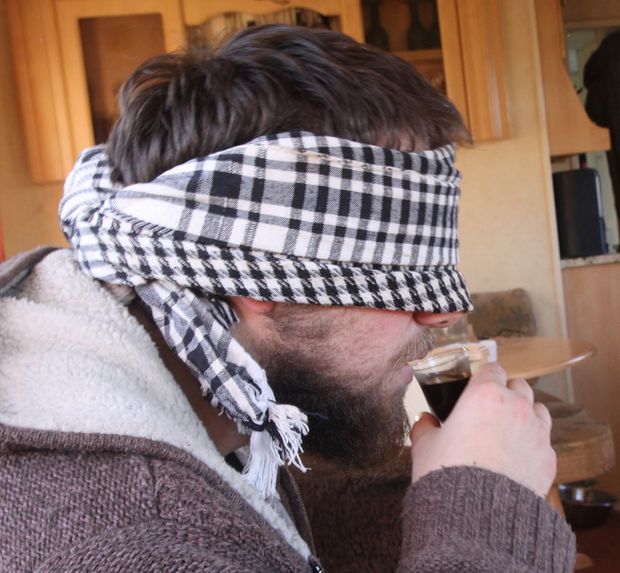
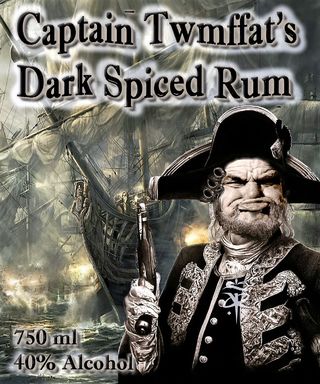
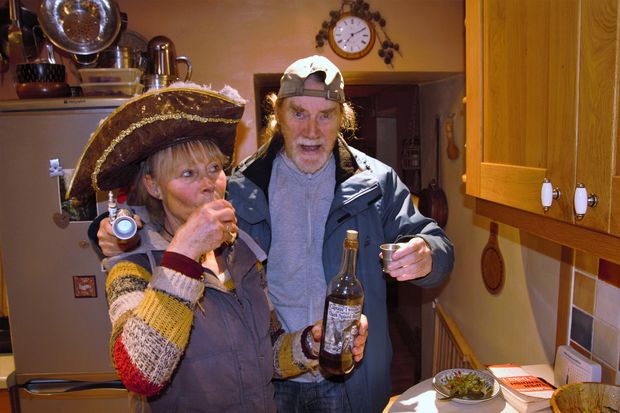




Question & Answer
Question: Choose the best title for the missing blank to correctly complete the recipe.
____________
Equipment
Making Caramel From Molasses
Making the Molasses Wine
Choices:
(A) ioli Bat Raviolis
(B) Spiced Apple Tempura
(C) Ingredients
(D) Prepping the Batter
 (C) Ingredients
(C) Ingredients